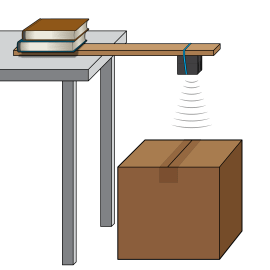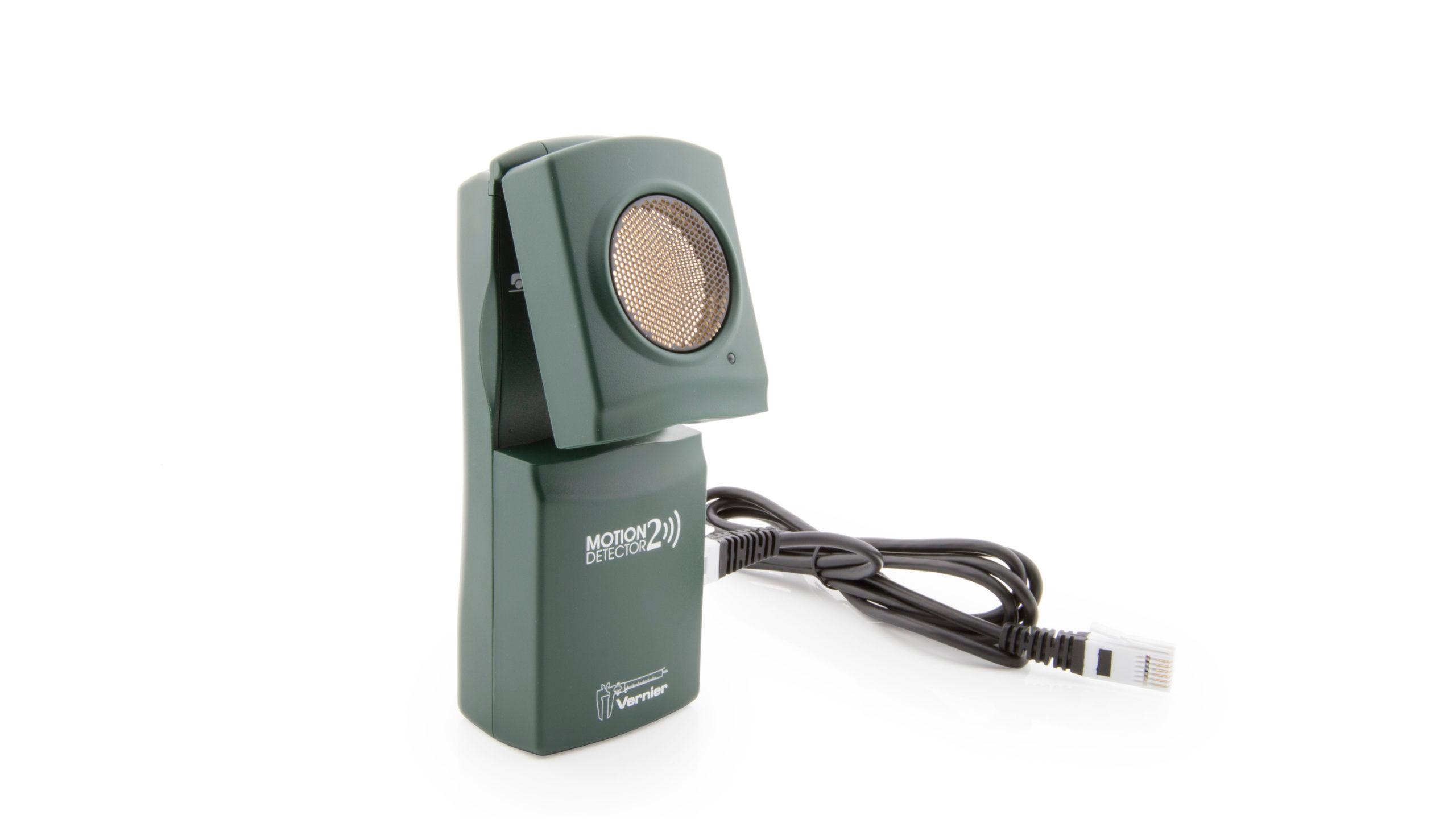Ocean Floor Mapping
Experiment #12 from Middle School Science with Vernier
- Education Level
- Middle School

Introduction
Oceanographers, marine geologists, and archeologists use sound to investigate objects below the surfaces of bodies of water. A signal is sent out and bounces back from a submerged surface. Scientists use the speed of sound in water and the time it takes for the signal to bounce back to calculate the depth of the object. Sonar is the name given to this system. The Motion Detector works in a similar manner. In this activity, you will use a Motion Detector to map objects on a simulated ocean floor.
Objectives
In this experiment, you will
- Use a Motion Detector to measure distances.
- Map simulated ocean floors.
- Analyze graphs to find the heights of objects on a simulated ocean floor.
Sensors and Equipment
This experiment features the following sensors and equipment. Additional equipment may be required.
Option 1

Option 2

Ready to Experiment?
Ask an Expert
Get answers to your questions about how to teach this experiment with our support team.
- Call toll-free: 888-837-6437
- Chat with Us
- Email support@vernier.com
Purchase the Lab Book
This experiment is #12 of Middle School Science with Vernier. The experiment in the book includes student instructions as well as instructor information for set up, helpful hints, and sample graphs and data.

